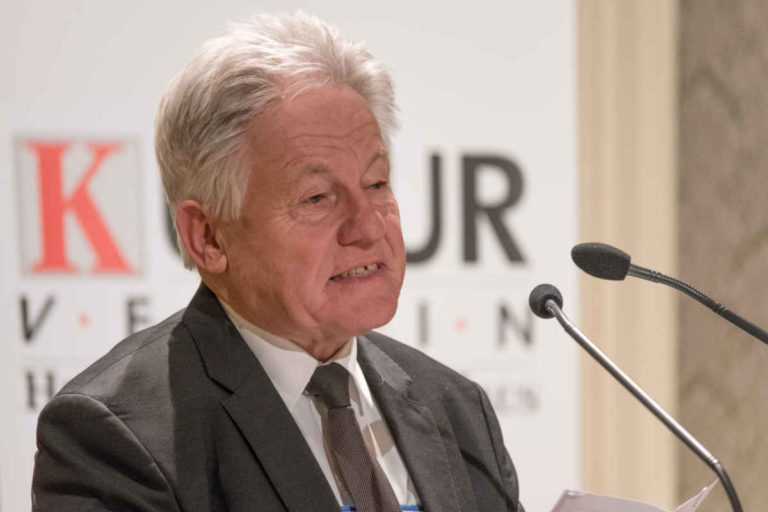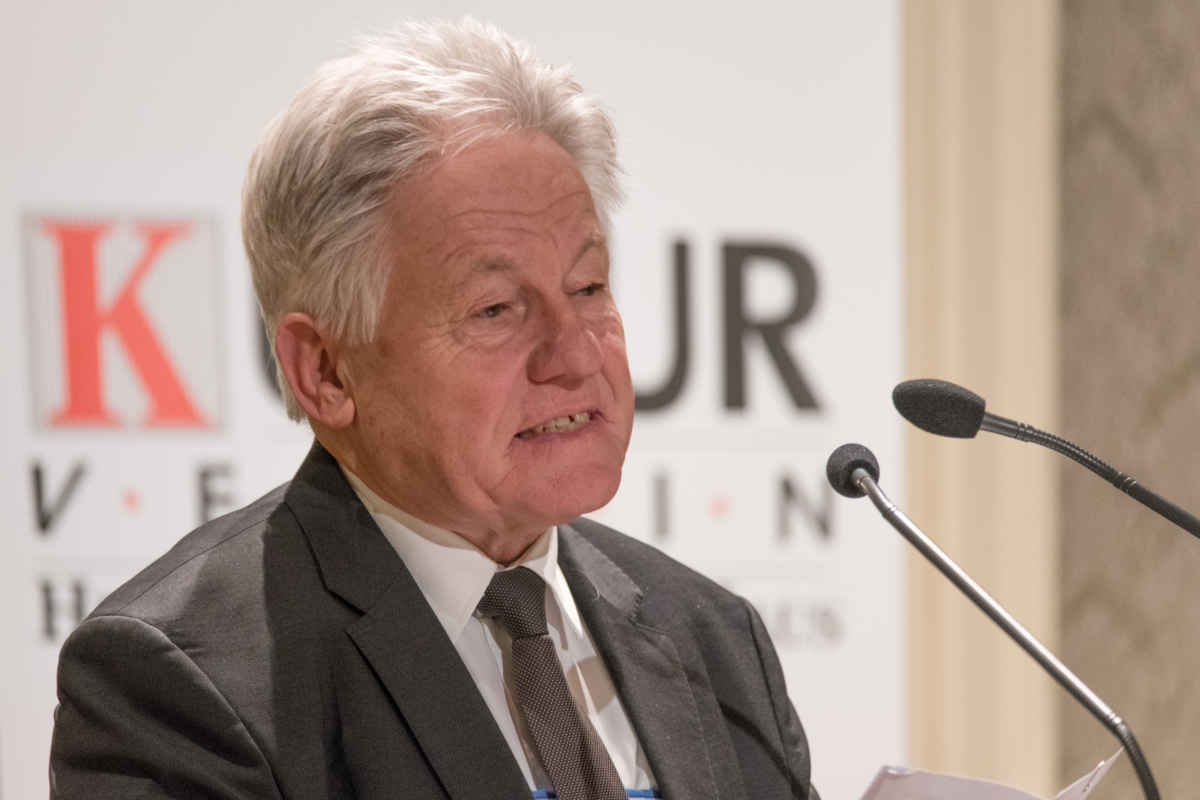
After the regional election in Upper Austria
The regional election in Upper Austria
Among the famous citizens of the region of Upper Austria (Oberösterreich), with its capital Linz, are unpleasant people such as Adolf Hitler, he was born in the Austrian-German border town of Braunau am Inn, but spent his childhood in Linz from 1898 until 1907, as well as more pleasant fellows, including the composer Anton Bruckner (sheet music), who played the organ here from 1855 until 1868.
The dominant theme overshadowing the regional election of Upper Austria of September 27, 2015 was the refugee crisis, which is a consequence of the lack of a common foreign and security policy (CFSP) of the European Union. There is of course a CFSP, but it is toothless, at best. But that’s another story.
With all votes counted in the regional election of Upper Austria with a voter participation of 81.6%, the political landscape has changed pretty dramatically. Although the leading, conservative ÖVP remains the strongest party, it is only a shadow of its former glory. It lost 10.4% in comparison with the 2009 election (y) for the 56-seat, regional parliament. With 36.4% of the vote, the ÖVP managed to win 21 seats (-7).
The big winner of the Upper Austria election is the populist, right-wing FPÖ. They came in second with 30.4% of the vote. The FPÖ doubled its 2009-result (+15.1%) and now controls 18 seats (+9) in parliament. In 2009 already, they had been the great election winner with additional 6.89% of the vote in comparison with 2003, which was a dark moment in their history. In 2009, the FPÖ won 9 seats (+5).
The oppositional, center-left Social-Democrats (SPÖ) lost 6.6% and could only win 18.4% of the vote, falling back to third place. They lost 3 mandates and now control only 11 seats in the Upper Austrian parliament.
The coalition partner of the ÖVP since 2003, the Green Party (Grüne), could slightly improve its 2009-result. The Greens won 10.3% (+1.1%) and control now 6 seats (+1). However, the famous Black-Green coalition (Schwarz-Grüne Regierung) in Upper Austria lost its majority, first won in 2003 and enlarged in 2009. Together, they now control only 27 of the 56 seats in the regional parliament of Upper Austria.
The NEOS, a new party founded in October 2012, only won 3.5% of the vote in their first Upper Austria election. Economically and otherwise liberal (in the European sense aka economic liberalism) ideas had no chance. They finished fifth, short of the 4%-threshold to win a seat in parliament.
Among the other parties, which failed to win a seat, were the Communists (KPÖ). They finished sixth with a pitiful 0.8% of the vote. The business-friendly Team Stronach of the Austrian-Canadian billionaire and entrepreneur Frank Stronach did not even participate in the Upper Austria election. Team Stronach had been founded in September 2012. After a short period of success in 2013, the party seems to be on the decline and about to disappear.
Josef Pühringer (*1949) has been the governor (Landeshauptmann) of Upper Austria since 1995. Will the strong man of the ÖVP in the region try to hang on to power? It seems so. After the election, he said that he did not exclude any coalition option, but did not talk about early retirement. He said that he wanted to wait until the results of the runoff-elections for the posts of mayor in the region on October 11, 2015 before entering into coalition talks with the different parties in Upper Austria.
The populist FPÖ is on the rise, not only in Upper Austria
The populist, right-wing FPÖ has already been in an upswing before the refugee crisis spiraled out of control this summer. In the regional elections of May 2015, the FPÖ was the clear winner. In the Burgenland region, the Social-Democrats under Hans Niessl (*1951), who has been governing the region since the year 2000, have been “forced” into a coalition with the populist FPÖ. In June 2015, governor (Landeshauptmann) Niessl formed a coalition government composed of 5 Social-Democrats and 2 FPÖ members. In the 2015 Burgenland election, the SPÖ had lost 6.3% of the vote as well as 3 seats in the 36-seat regional parliament. It remained the strongest party with 42% of the vote and 15 seats. The ÖVP came in second with 29% (-5%) of the vote and 11 seats (-2). The FPÖ had finished third with 15% (+6%) of the vote and 6 seats (+3). Governor Hans Niessl did not want to form a so-called Grand Coalition with the center-right ÖVP; they govern together on the national level. He probably thought a Grand Coalition of the two main parties, which both had lost votes, would only make the FPÖ even stronger. A so-called bed-blue coalition with the FPÖ would enable him to control the rise of the right-wing populists. For the FPÖ on the other hand, the coalition is a chance on the road to become an acceptable (hoffähig) coalition partner on the national stage as well.
In the region of Styria (Steiermark), the May 2015 regional election ended with the SPÖ losing 9% of the vote, still finishing first with 29.3% of the vote and 15 seats. The conservative ÖVP lost 8.7% of the vote and finished second with 28.5% of the vote and 14 seats. The great winner was the populist, right-wing FPÖ with 26.8% of the vote (+16%) and 14 seats. In Styria however, SPÖ and ÖVP decided to form a Grand Coalition. The big surprise was that the stronger party, the ruling SPÖ, offered the ÖVP the job of governor. Franz Voves (*1953) of the SPÖ stepped down and took responsibility for the electoral disaster; he had previously announced that he would do this if his party should fall below 30%. Hermann Schützenhöfer (*1951) of the ÖVP is the new Landeshauptmann in Styria.
On October 11, 2015 the FPÖ party-chairman Heinz-Christian Strache would like to become mayor in Austria’s capital Vienna, a traditional stronghold of the Social-Democrats. The mission seems almost impossible, but his party could profit in other regions as well as on the national level from a strong-showing in the Viennese election.
Books about Austria at Amazon.com, Amazon.co.uk.

Josef Pühringer, Landeshauptmann of Upper Austria 1995-2017. Photo by Bernard Holub. Added on March 10, 2019 from Wikimedia Commons.
Article added on September 28, 2015 at 10:59 CET.